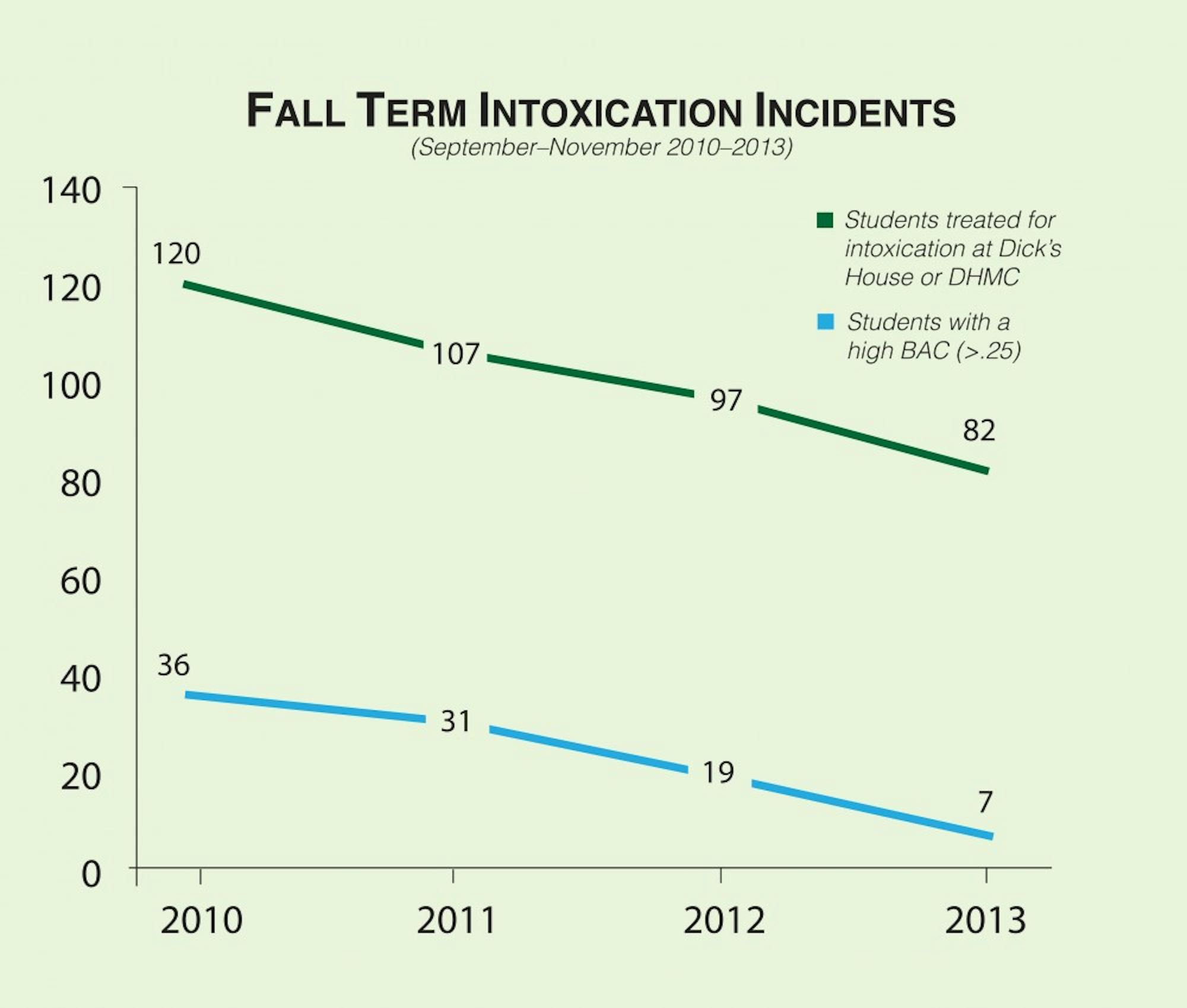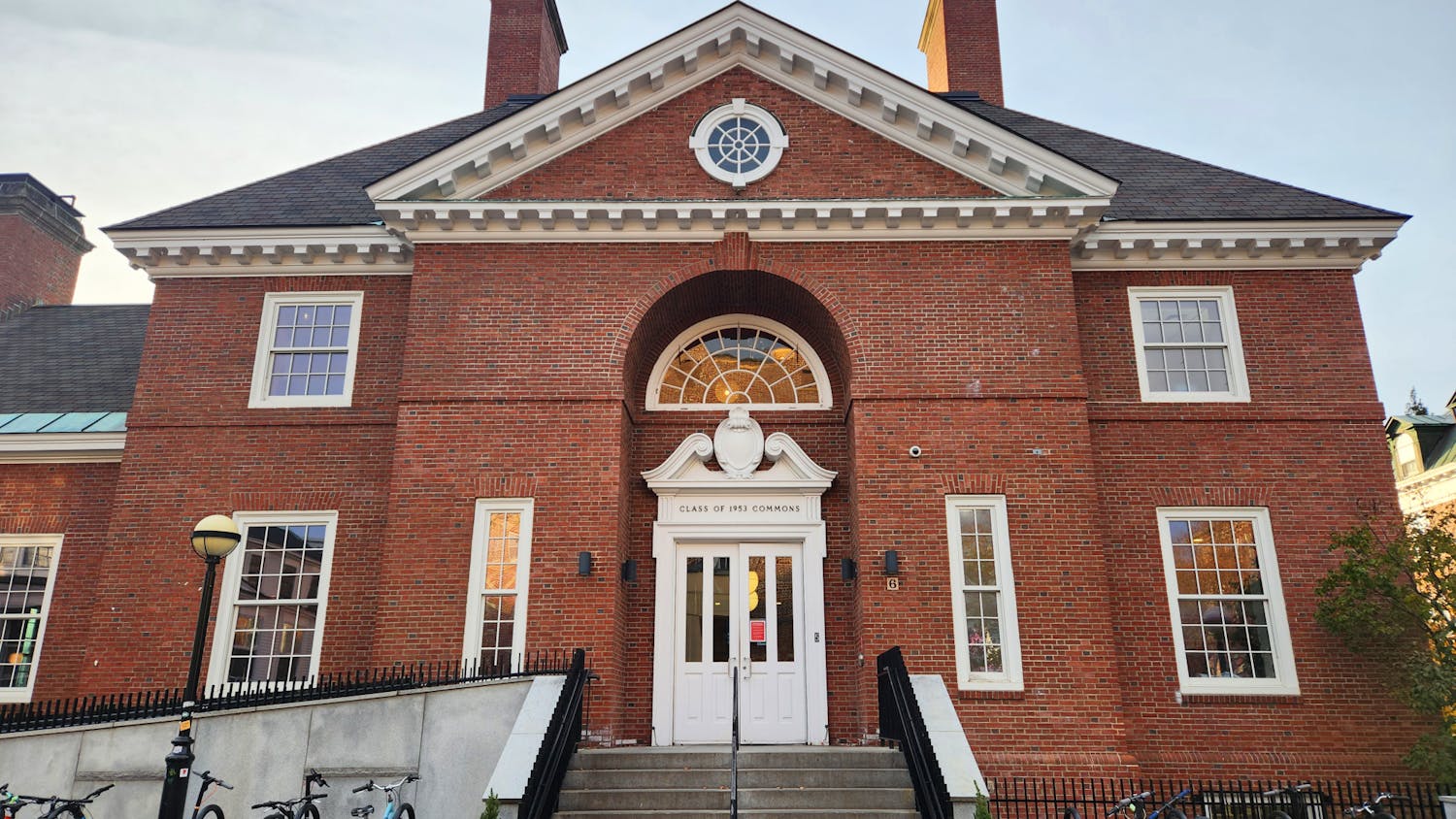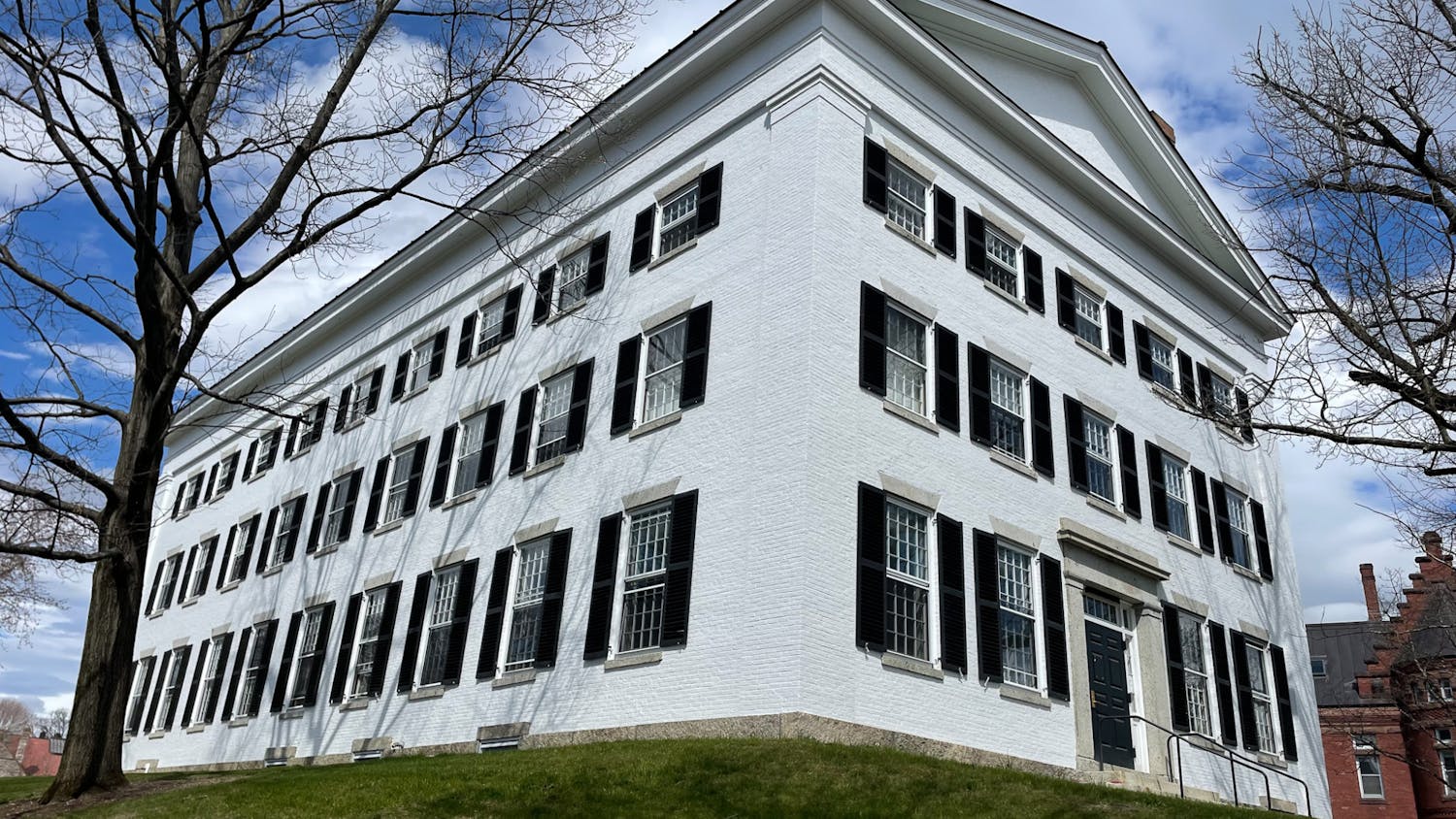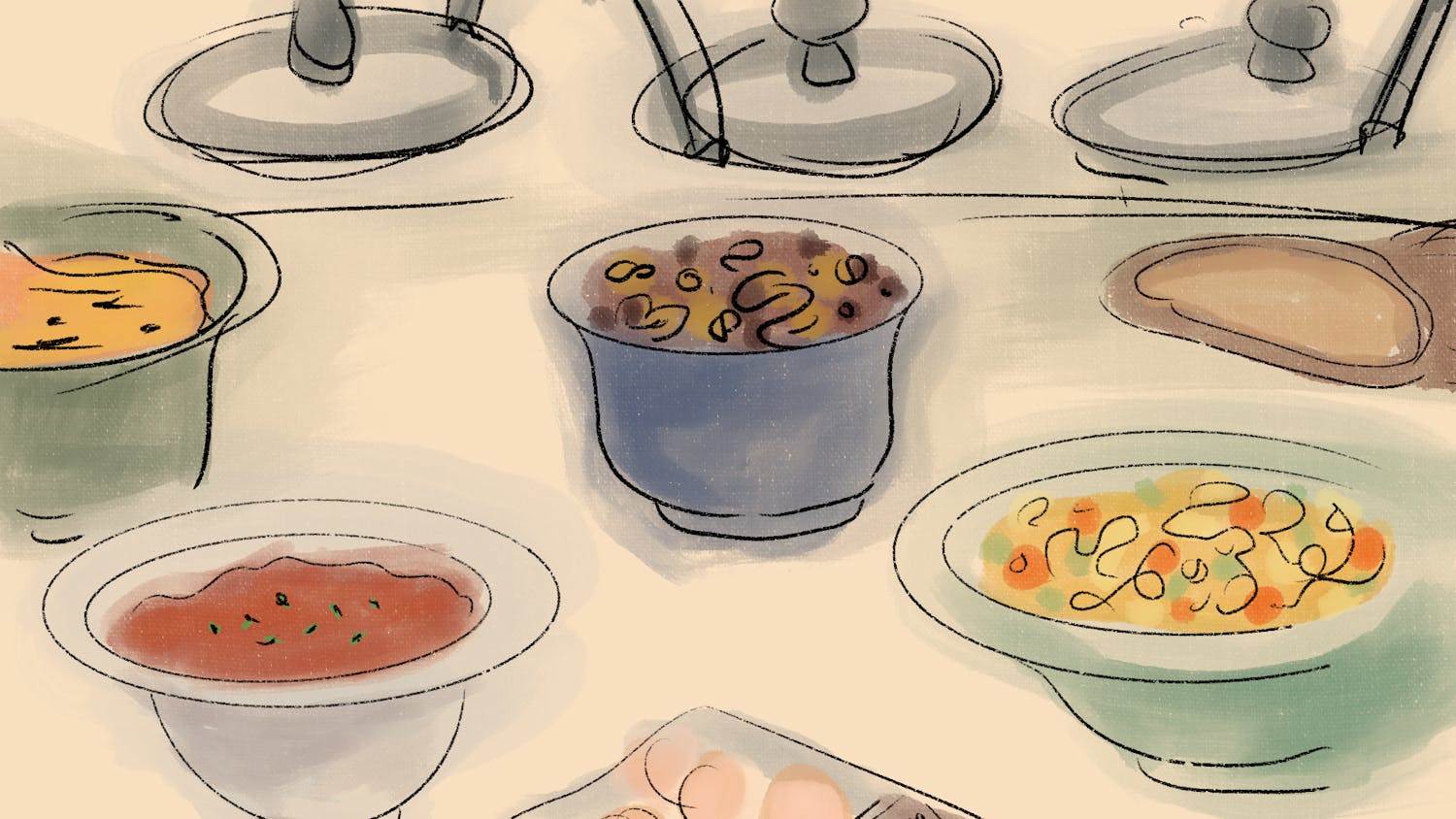Between fall 2012 and fall 2013, the proportion of alcohol incidents involving first-year students decreased from 49 to 46 percent of all incidents, according to data released Monday by the Dartmouth College Health Improvement Program and the Greek Leadership Council. During that time period, the overall number of incidents of intoxicated undergraduate students handled by Safety and Security dropped approximately 16 percent, from 99 incidents in fall 2012 to 83 in fall 2013. This shows a continued decline from prior years as well. In fall 2010 Safety and Security picked up 123 intoxicated students, and in fall 2011 they handled 111.
Over the past four years, the number of undergraduate students receiving medical care for intoxication at Dick’s House or Dartmouth-Hitchcock Medical Center has also decreased. One hundred and twenty students were brought to either of the facilities for intoxication in fall 2010. In fall 2011, the number of students admitted was 107, and in fall 2012 it fell to 97. This number decreased to 82 in fall 2013.
The number of Good Samaritan calls made to Safety and Security has also dropped, from 48 in fall 2012 to 37 in fall 2013. In fall 2010 there were 56 calls, and in fall 2011 there were 46.
Last August, the GLC launched the Greek First-Year Safety and Risk Reduction policy, a six-week ban on freshmen in Greek houses where alcohol is being served. GLC moderator Elliot Sanborn ’14 said that by default the GLC ban on freshmen in Greek houses will continue next fall.
“The policy is written into GLC bylaws, and the idea is that we would build on the good results we got from this year,” Sanborn said.
During a forum Monday afternoon led by DCHIP and GLC, students and faculty in attendance focused their questions on the first-year student ban, discussing potential improvements for next fall.
The 3-percent decrease in the proportion of alcohol incidents involving first-year students from fall 2012 to fall 2013 does not necessarily indicate that the ban was successful, said DCHIP team leader and director of health promotion and student wellness Aurora Matzkin. The data from the past four fall terms, which includes all undergraduates, better reflects the overall decline in alcohol-related incidents, she said.
The decreasing trend in alcohol-related incidents parallels new DCHIP and GLC policies, but DCHIP cannot tell if a certain policy directly causes a decrease in the number of reported alcohol-related incidents, Matzkin said.
Matzkin said GLC should look to students for ideas on ways to improve the freshmen ban policy.
“I think that there are probably a couple of tweaks that they could make, and students hold the key to what the right tweaks are,” she said.
The ban is one of the many recent policy changes regarding alcohol prevention and awareness at the College.
The policy, announced in May, was designed to create a safer environment for freshmen and to mitigate the risks that Greek houses face when hosting freshmen. The six-week ban saw alternative programs sponsored by Collis After Dark and other campus groups, although freshmen interviewed reported seeing high levels of drinking in the residence halls.
Some students said the policy may have lowered the likelihood of freshmen becoming victims of sexual assault and would promote safer behaviors when the ban was lifted. Others pointed to the more secretive, dangerous nature of the drinking that took place under the policy.
Former College President Jim Yong Kim launched DCHIP in 2011 to tackle high-risk drinking at Dartmouth. He challenged DCHIP to eradicate high blood alcohol content levels at the College within three years, and the program reports that the number of high-BAC incidents decreased from 36 in fall 2010 to 7 in fall 2013. High blood alcohol content is defined as over 0.25 percent, three times the legal limit in New Hampshire.
In fall 2011, DCHIP implemented the Brief Alcohol Screening and Intervention for College Students program, designed to allow students to assess their drinking behavior in a judgment-free space. The BASICS program consists of a 20-minute online survey about alcohol and drug use followed by a one-on-one interview with one of six trained BASICS providers.
In fall 2012, Safety and Security began to conduct random walkthroughs and increased the sanctions for Greek houses found serving punch with alcohol.
The GLC received more than $11,000 to fund substance-free events last fall, which it used to host over 40 events throughout the term. At Monday’s meeting, Dean of the College Charlotte Johnson said her office would continue to supplement the GLC’s funding for non-alcoholic events, as it did this fall.




